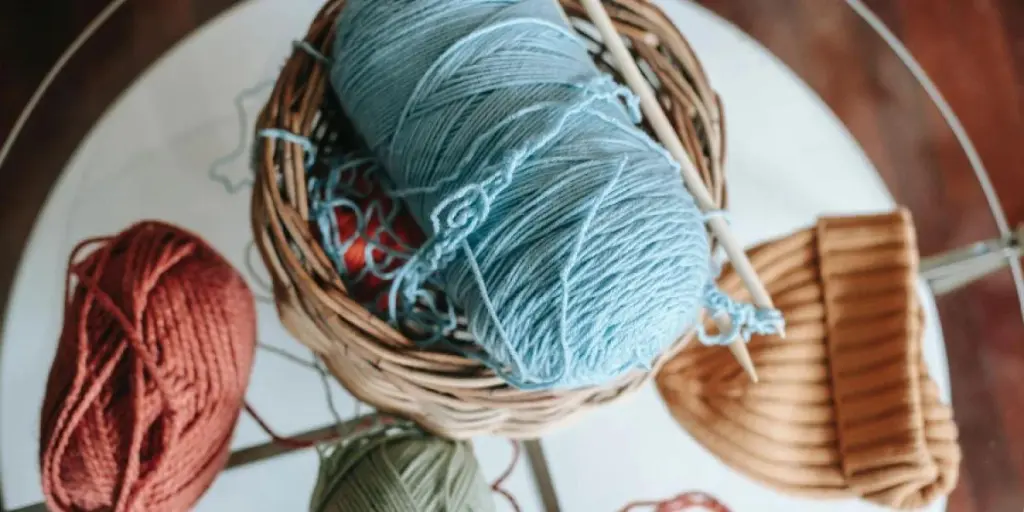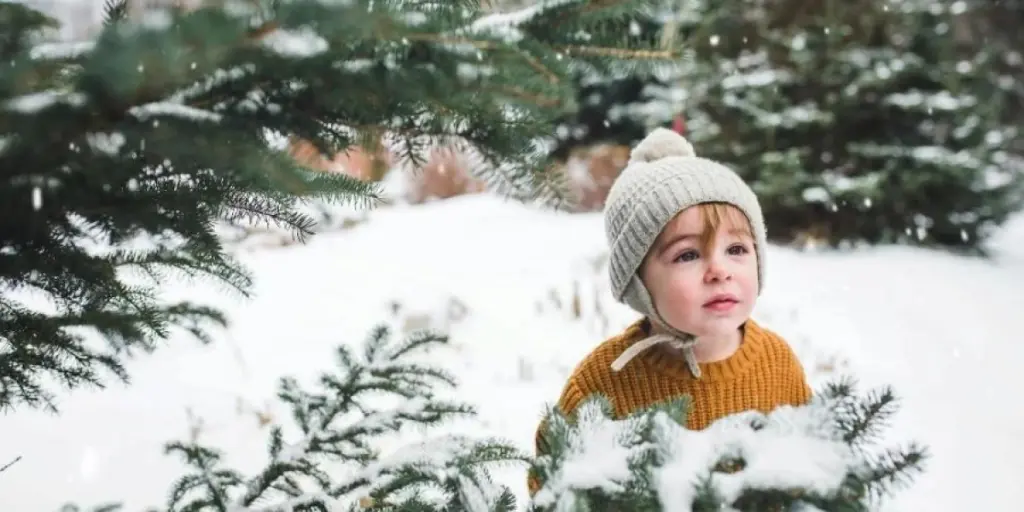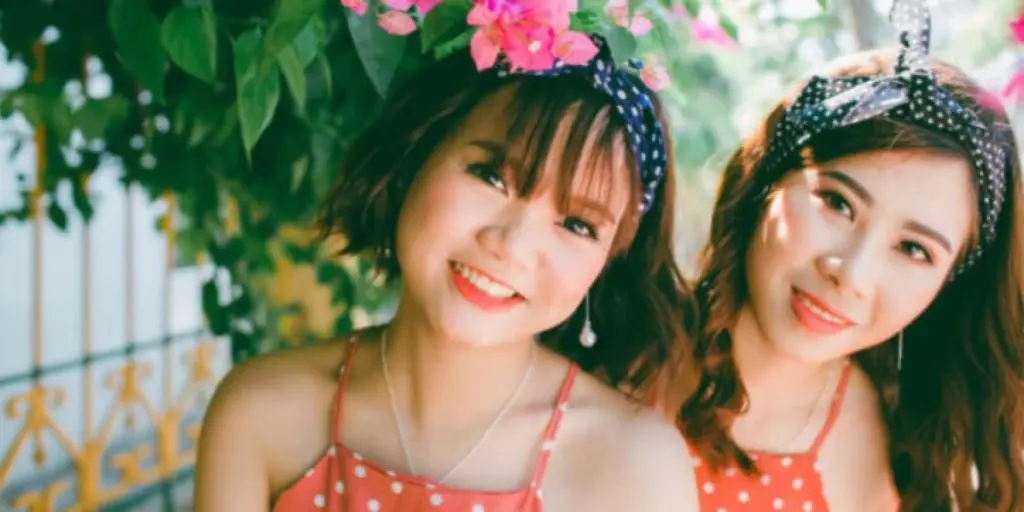Winter hats keep people warm in the winter and are a stylish accessory to add to every outfit. Knitted hats are a favorite style from early fall and all winter, with beanies being one of the most popular.
Prominent brands within the industry are increasingly focused on offering a variety of winter hats in terms of colors, designs, styles, and sizes to respond to consumer demands. Variety and innovation are what help to set companies apart from the crowd.
This article will discuss six basic knitting stitches used to make consumers’ favorite winter hats for businesses to better understand how knit hats are made and to appreciate the variety consumers seek.
Table of Contents
Summary of the winter hat market
2 main stitches in knitting
6 basic knitting stitches for making a beanie hat
Variety is the spice of life
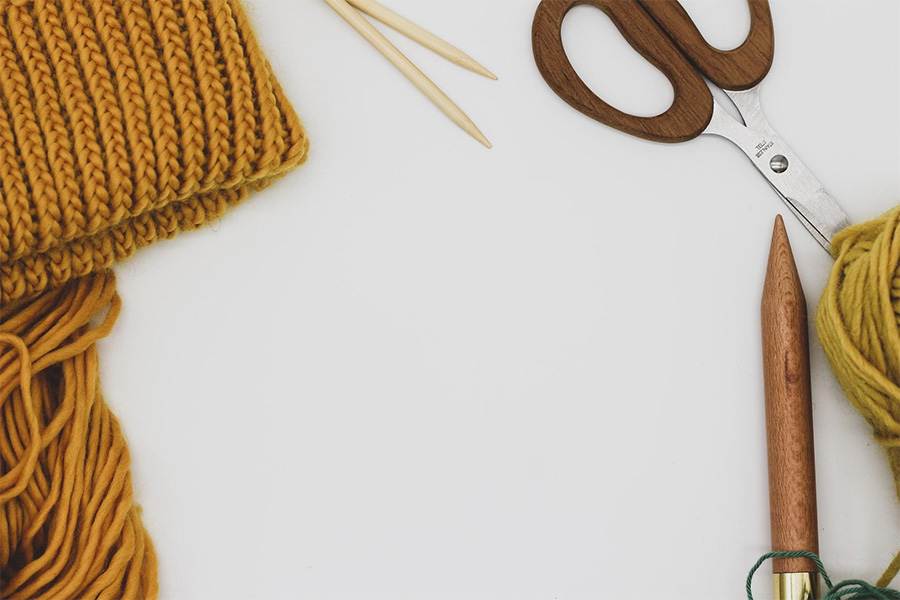
Summary of the winter hat market
The global winter hats market was valued at USD 25.7 billion in 2021 and is expected to expand at a compound annual growth rate (CAGR) of 4% from 2022 to 2030. Increased awareness of global fashion trends, changes in environmental temperatures, and the rising share of urban citizens are primary driving factors for the growing demand for winter hats.
Beanies dominated the market for winter hats and accounted for a revenue share of over 40% in 2021. Beanies are multifunctional, and many people use them for everyday wear in the city and for many indoor and outdoor activities. Beanies are also trendy among young people as they go out with every outfit.
The winter headband market is anticipated to expand at a CAGR of 4.5% from 2022 to 2030. Headbands are functional in cool conditions to keep the head warm. They protect the head from the cold and hold back hair for increased comfort. Headbands have been a go-to for many women to add a sense of professionalism to their looks.
Wool material dominated the market for winter hats and accounted for a revenue share of more than 54% in 2021. The use of wool for manufacturing winter hats is large as it’s a readily available natural fabric that’s robust, breathable, warm, and absorbent. Wool is warmer than other fabrics because wool fibers trap air within them, helping to insulate from cold. However, the polyester category is anticipated to expand at a CAGR of 4.4% from 2022 to 2030. Polyester is an inexpensive, synthetic material that is strong and durable, so it’s a great alternative to wool.
2 main stitches in knitting
All knitting is based on two main stitches, and every other stitch is a variation or combination of them. These two stitches are called the knit stitch and the purl stitch.
Knitting, generally, is simply making fabric by creating loops of yarn with needles and connecting them. Knitting a knit stitch involves creating a loop in the back of your project (behind existing yarn), while the purl stitch is the opposite.
6 basic knitting stitches for making a beanie hat
There are hundreds of different knitting stitches, all of which are created using a variety of combinations of the knit and purl stitch. These are used to create different textures and appearances in the final fabric.
Here we will outline six basic knitting stitches used for making consumers’ favorite beanie styles.
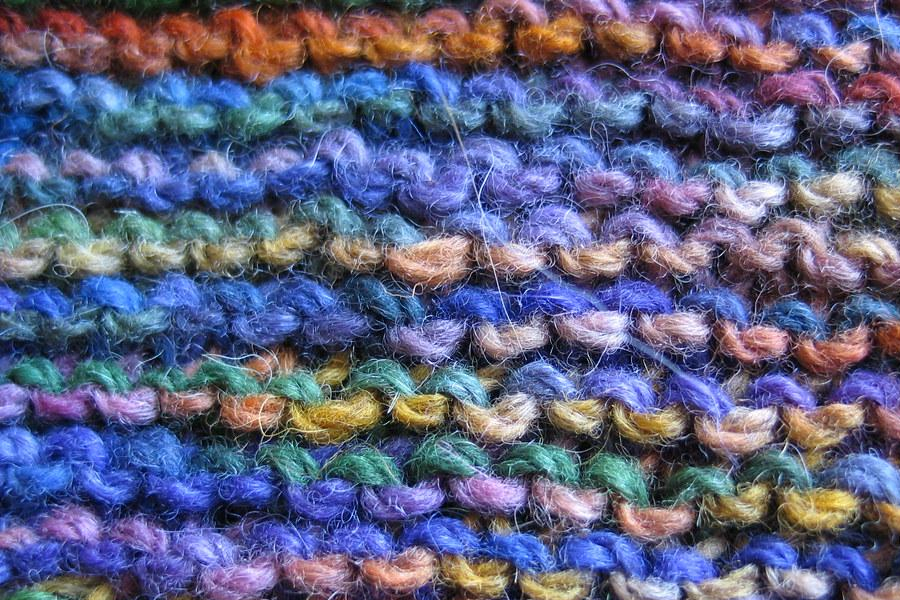
Garter stitch
The garter stitch is knitting at its most basic. It involves using the basic knit stitch for every row to create multiple rows of knit ridges that look the exact same on both sides of the garment.
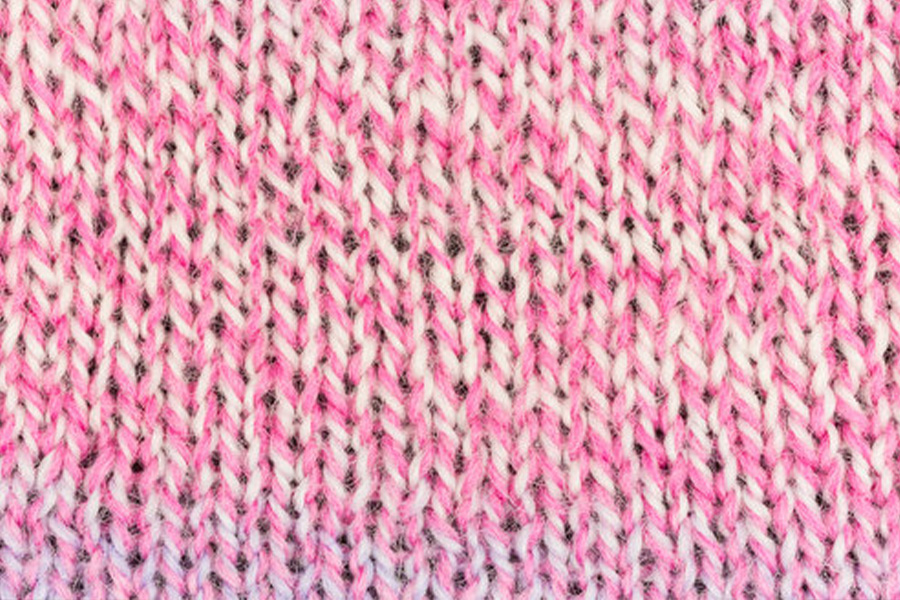
Stockinette stitch
The stockinette stitch, also sometimes called the ‘stocking’ stitch, is another elementary kind of stitch that new knitters often learn after the garter stitch. This stitch involves alternating rows of knit stitches with purl stitches. This stitch creates a ‘braided’ look on the right side of the garment and a ‘wave’ look on the wrong side.
What are the right side and the wrong side?
The right side of the knitting is facing outward (the side that will be seen), and the wrong side is hidden inside the garment. For the stockinette stitch, you knit on the right side of the garment and purl on the wrong side. However, when knitting in the round, you knit every row because you don’t turn your needles.
Knitting in the round is the process of creating a tube right at the cast-on, typically with circular needles. This knitting strategy is often used for knitting hats.

Purl ridge stitch
The purl ridge stitch is a simple variation to the stockinette stitch that adds intricacy and sophistication without any additional difficulty. The purl stitch consists of alternating layers of stockinette stitches with a row of purl stitches to create a ridge—for example, stitching three rows of stockinette stitches between each purl ridge. To easily adapt any pattern, use odd repeats of stockinette stitches.

Rib stitch
The rib stitch is used to create columns of alternating knit and purl stitches. It creates a stretchy, textured fabric, so it’s often used for collars and cuffs. For knitted hats, thicker ribbing is often used, sometimes only for sections.
If you knit one stitch and then purl the next, this is a 1×1 rib stitch. If you knit two and then purl two, this is a 2×2 rib stitch, and so on.
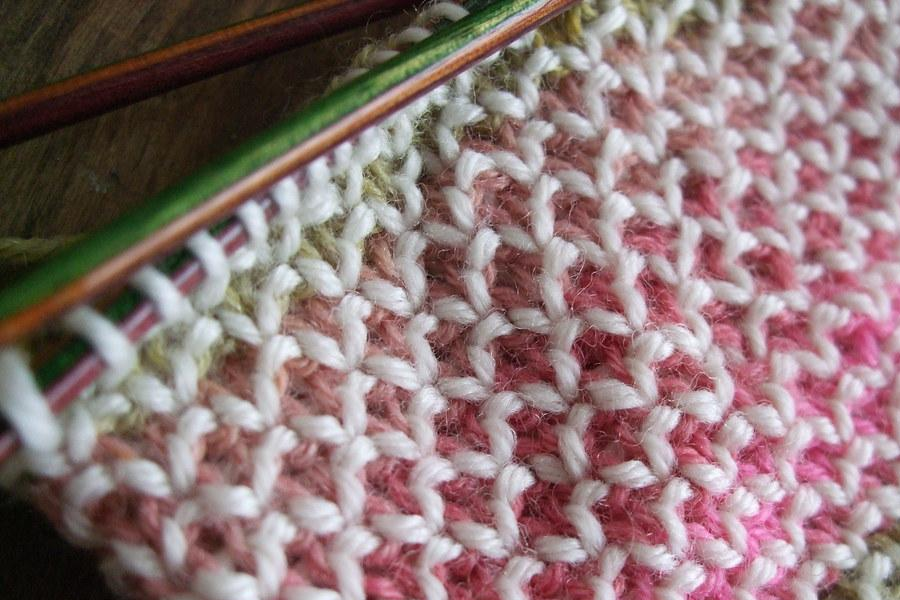
Seed stitch
Like the rib stitch, the seed stitch is created using alternating knit and purl stitches. However, instead of creating neat columns, it creates a dotted or bumpy appearance by reversing the sequence of knit and purl stitches on each row. This uneven appearance is how the stitch got its name because the texture looks like seeds are scattered on the fabric.
To knit this stitch, knit one row of alternating knit and purls and then reverse the pattern in the next row. Meaning in the second row, the knits will line up with the purls and vice versa; this is how a different pattern than a column is created.
One of the benefits of this stitch is it isn’t quite as stretchy as the ribbing with a rib stitch.
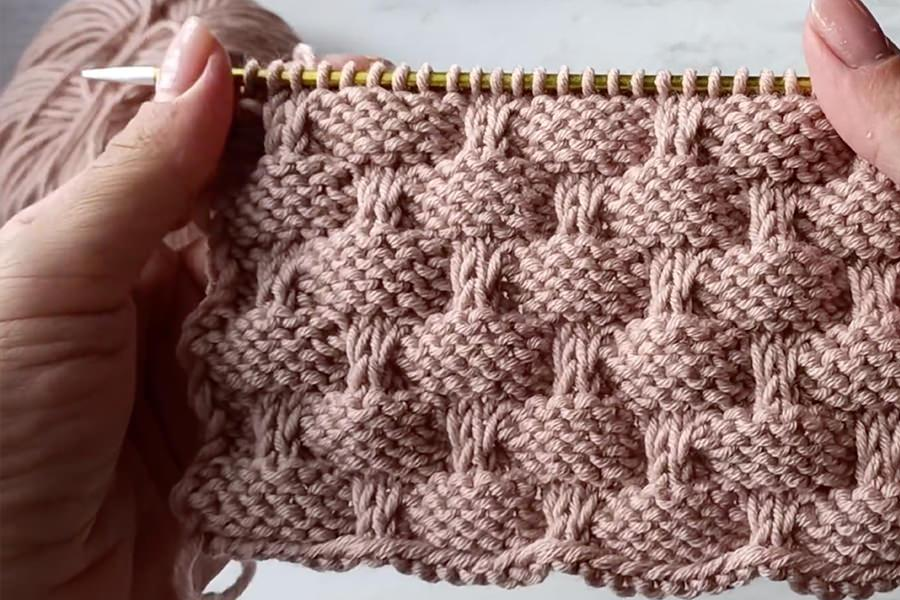
Basketweave stitch
The basketweave stitch uses alternating knit and purl stitches to create a textured pattern that resembles a woven basket. It works by creating alternating stockinette and reverse stockinette stitches woven together.
While the basics of the basketweave stitch are relatively simple, there are many variations. Some of these variations include; diagonal basketweave stitch, basket loop stitch, or wide basketweave stitch.
The diagonal basketweave stitch is one that is regularly used to make knitted hats.
Variety is the spice of life
Stay on top of winter hat trends and keep a variety of knitted hats in your inventory to appeal to a wide range of consumers. In addition to knitted hats with various types of stitches and colors, consider hats with added features such as a pompom or a satin lining.
Of course, there are always the basic knitted hats that come in multiple colors. You can also add a logo or other design.
